While its not a Vietnam related event I was out of town for the weekend and there happended to be a Living History event up the road, so I thought I would take the family. The event celebrated the Auxiliary Units as Coleshill House was where they were trained, you could even visit a training bunker that was used to train the Auxiliary Units.
Following the evacuation of British Army (BEF) land troops from Dunkirk, it became obvious that Britain had been rendered almost defenceless. This was due to the heavy losses of ammunition, artillery vehicles and equipment seized by the Germans. Given the rapid advances of the Germans through France, it became abundantly clear that Great Britain was under great threat of invasion. Hasty plans were therefore drawn up to resist any such attack.
The British High Command quickly analysed enemy's tactics, appreciating that the only way to overcome them was to deny mobility of the attacker and to disrupt his vital supply lines.
The guerrilla type troops Churchill described became known as the GHQ Auxiliary Units or British Resistance Organisation. Colonel Colin McVean Gubbins (Commanding Officer Royal Artillery), was selected to establish a network of civilian saboteurs to attack invading German forces from behind their lines.
The Auxiliary Units were the first such organisation of its kind in existence in Europe. The formation of the units was executed using utmost secrecy. This secrecy would be fiercely protected during the existence of the Units and after stand down in 1944. It was not until David Lampe finally published his book ‘The Last Ditch’ in the 1960’s that the true structure and objectives of the Auxiliary Units were finally realised.
More history of the unit can be found here.
www.coleshillhouse.com/
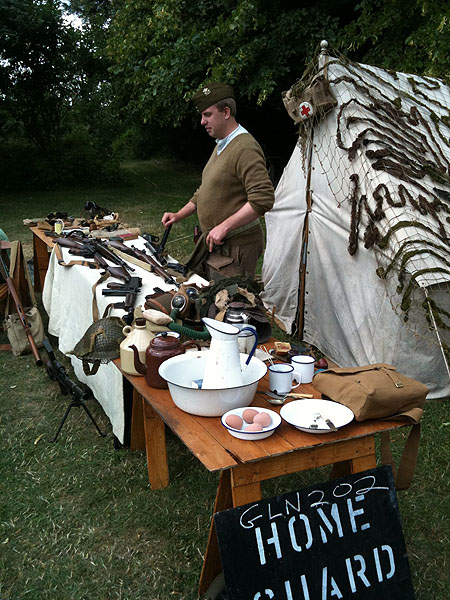 . .

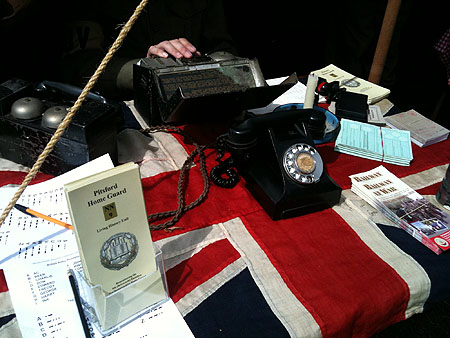
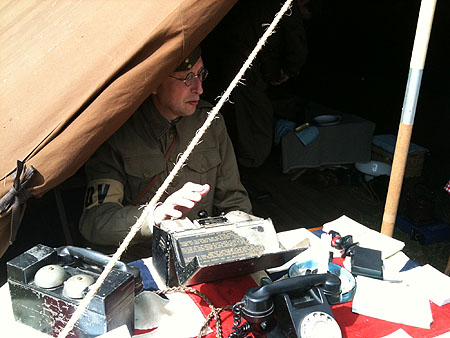
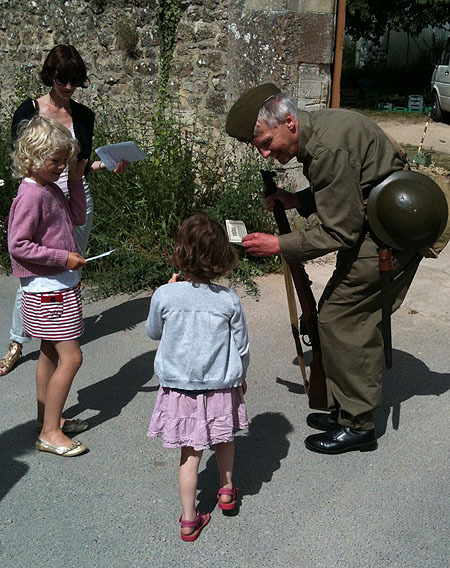
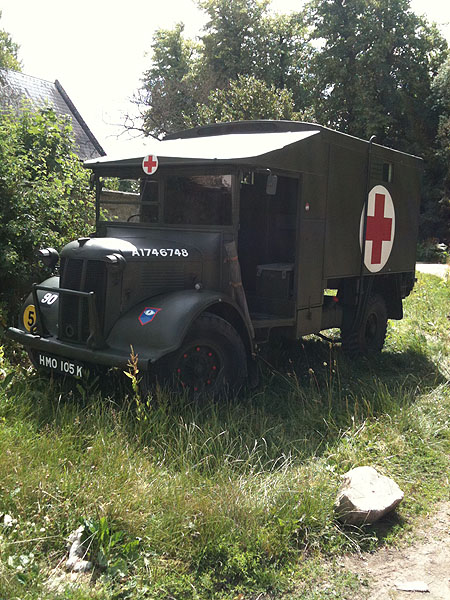
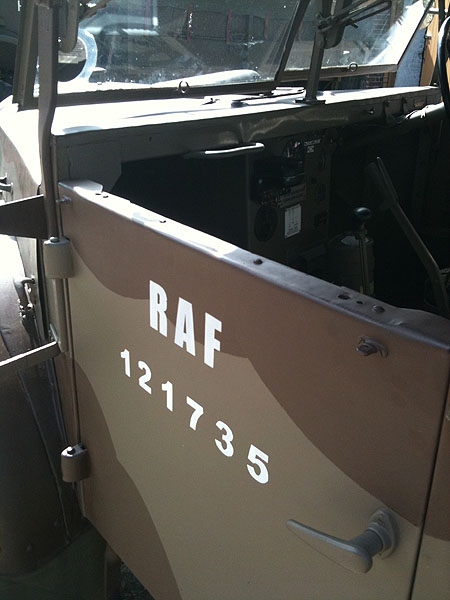
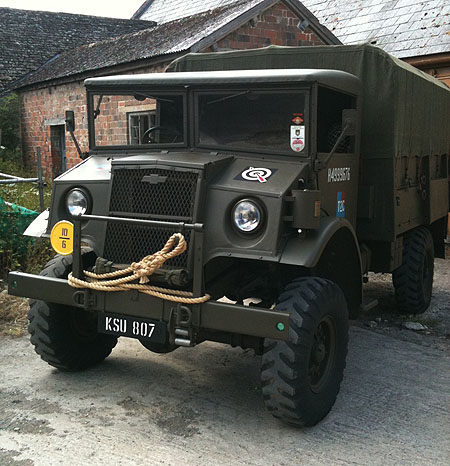
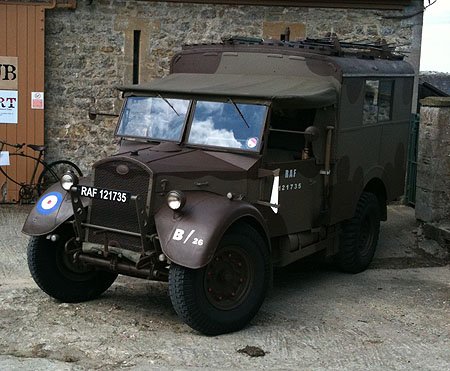

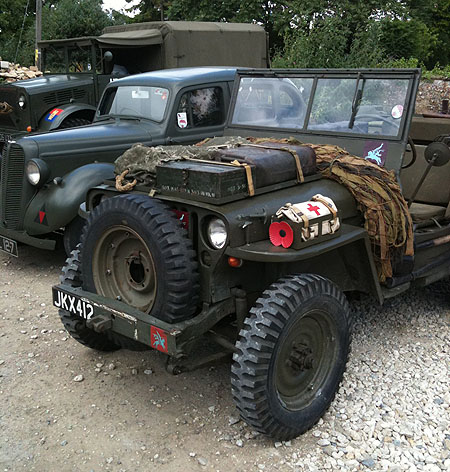
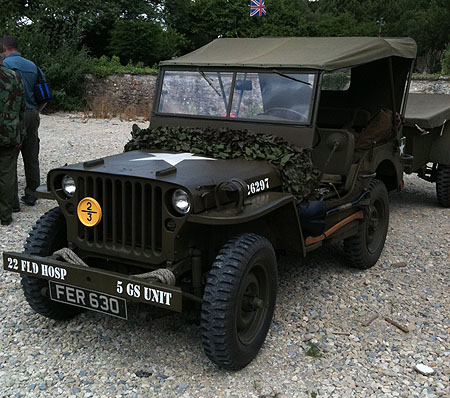
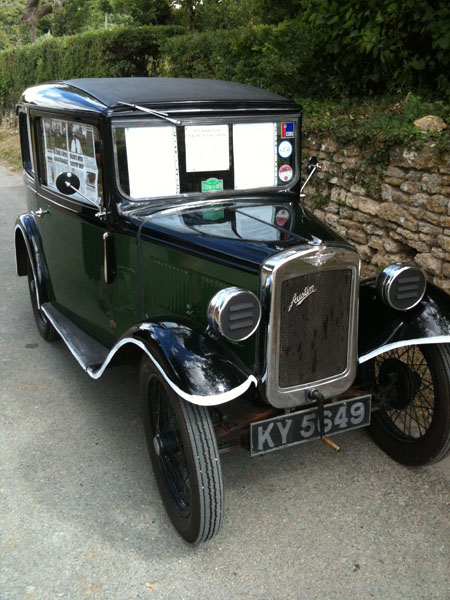
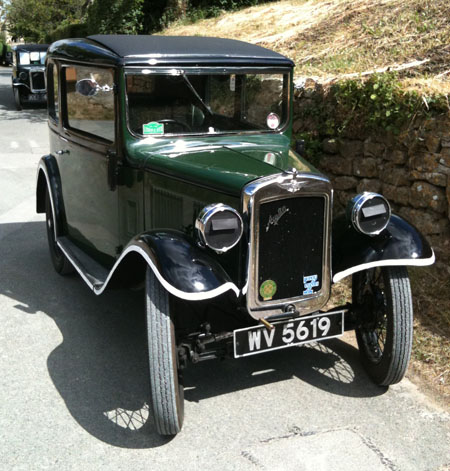
|
